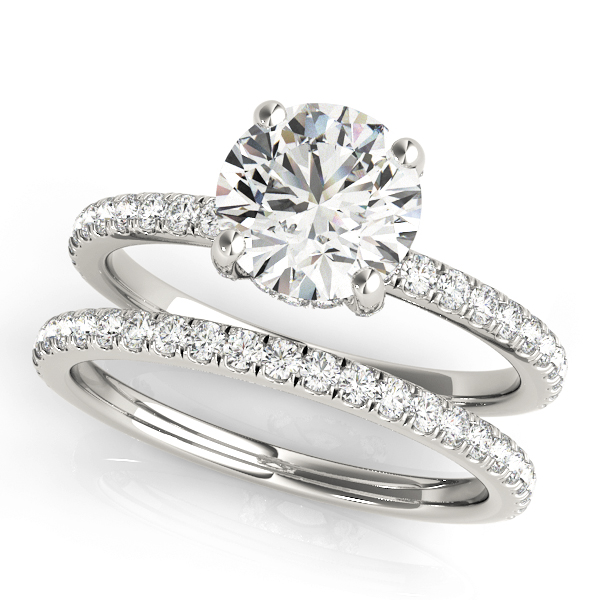
Affordable Diamond Engagement Ring Options and Shopping Tips
Buying a diamond engagement ring does not need to burn a hole through your wallet. Many times people get carried away with picking the perfect engagement ring to propose with and give to their partner, but it doesn’t need to be an overwhelming experience.
There are a few things to keep in mind to make sure this large purchase, which is also a meaningful investment, and that starts with financial planning. For example, it’s a good idea to have a budget in mind before you start looking for affordable engagement rings. It helps you narrow down your search and gives you an end point.
Buying a diamond engagement ring is a huge commitment but bear in mind that if you select a lab-grown diamond engagement ring, this cost will be substantially lower than a natural stone.
When it comes to figuring out how much you can spend on an engagement ring, there are a few factors of your present financial condition to consider, including your monthly income, savings and potential earnings. Make sure you still have cash for the necessities in life and do not spend it all on an engagement ring. Include in your calculations your earnings and your partner’s if you buy an engagement ring together, as well as food, bills, and debts you’re paying off, such as student and vehicle loans, and other current expenses. It is essential to live and purchase things within your means.
Also before pulling out your wallet and purchasing a ring, it’s essential that you have a clear understanding of what you’re looking for and it’s also helpful to have some knowledge about rings in general. Don’t purchase a ring until you understand the four Cs pertaining to diamonds: cut, clarity, color and carat weight.
Cut refers to the proportions and facets of a diamond. The cut, also explained as the shape of the diamond, is the most important buying factor, because it defines the diamond rings’ shine and brilliance, and it is the only diamond component not influenced by nature. The different cuts are round, oval, emerald, radiant, asscher, cushion, princess, pear, heart and marquise. Brilliance, which is the diamond’s ability to return light to the eye, is measured solely by the stone’s cut. Color and clarity have no impact on brilliance.
When it comes to clarity, you want a ring that seems “clean” to the naked eye. There are natural white diamonds with extremely high clarity (like VVS1) and those with very minor or minor imperfections (like VVS2) (VS1 or SI1).
Meanwhile the color of a diamond is graded on a scale of D (colorless and most desirable) to Z (colorful and least desirable) by the Gemological Institute of America (GIA), the American Gem Society (AGS), and the International Gemological Institute (IGI).
Gemologist and jeweler Andrew Mills told Brides.com that the 4Cs grading system is a guideline —not a “good” or “bad” scale. “The first thing to keep in mind when reading about the 4Cs is that there is no right answer, and a lot of the information out there can be pretty misleading on what is required in purchasing a diamond,” said Mills. “What really matters is what YOU think of the diamond and its natural appearance.”
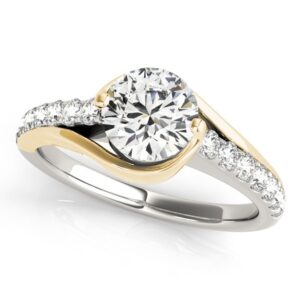
Solitaire Engagement Ring Diamond Accented 14k Two Tone Gold 1.00ct from Allurez.






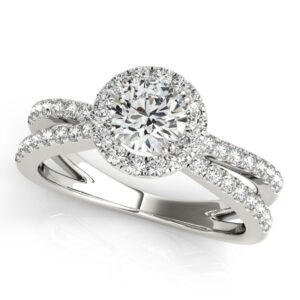

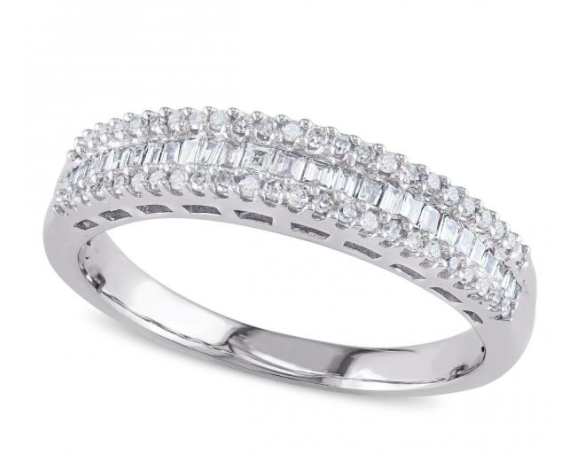
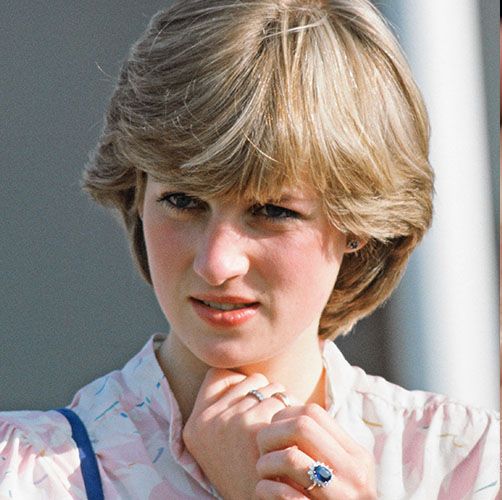
POST COMMENT